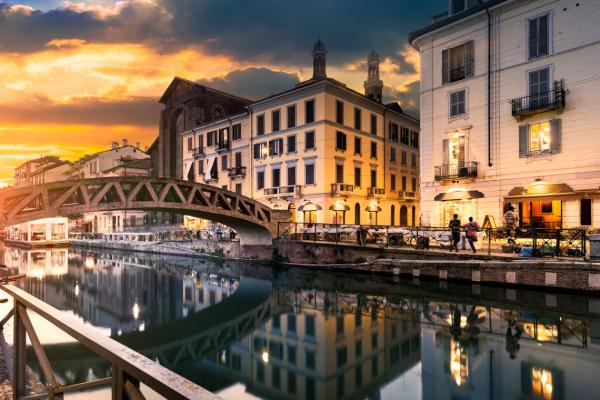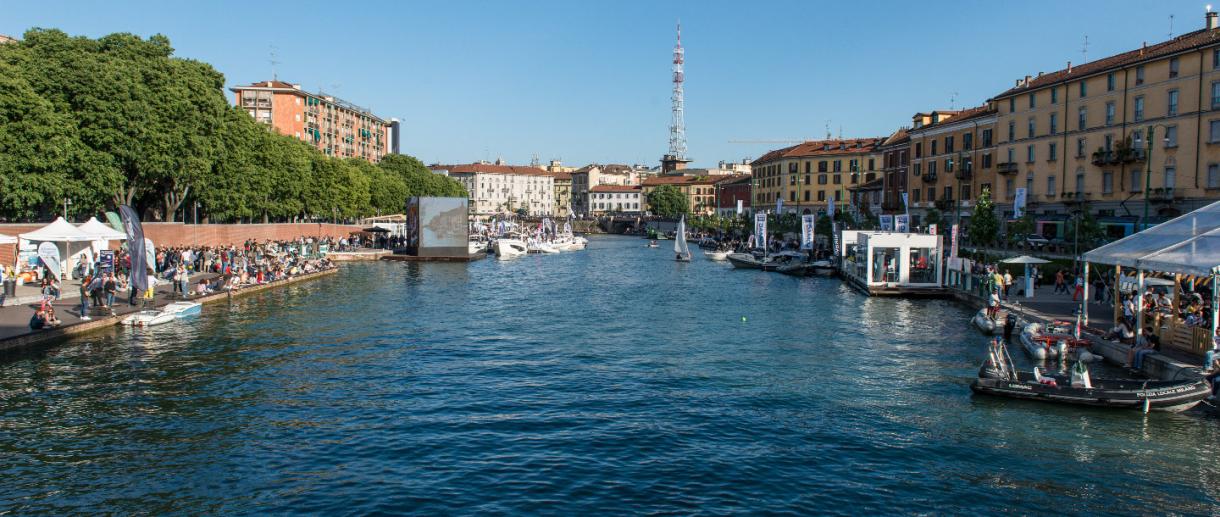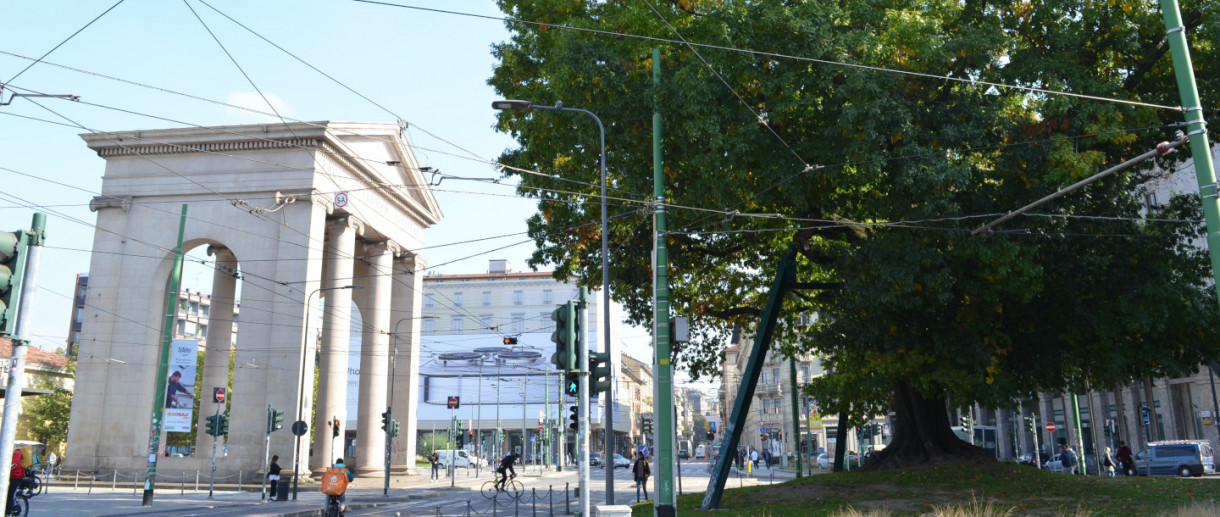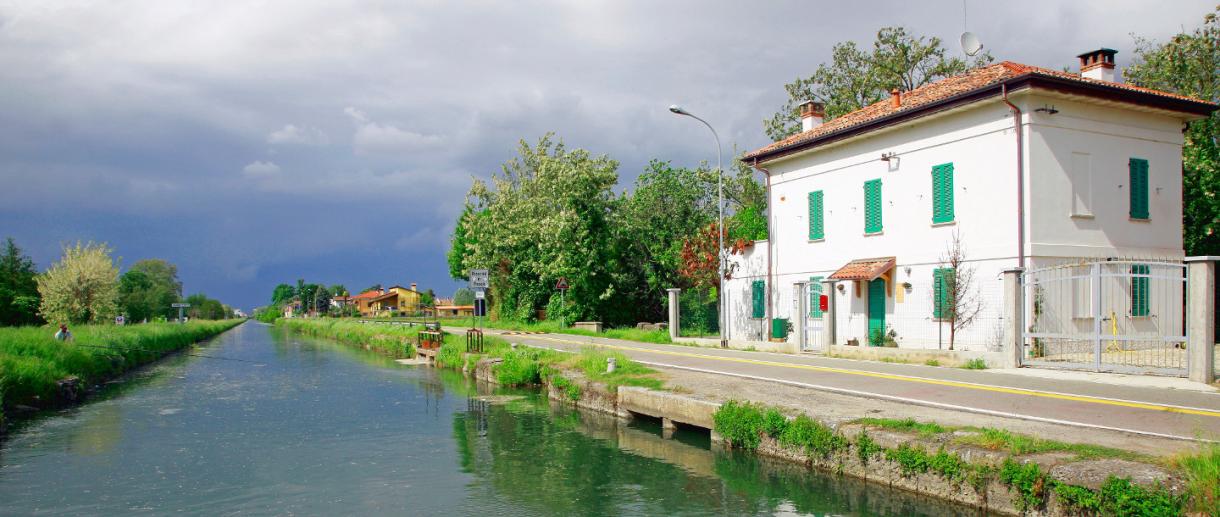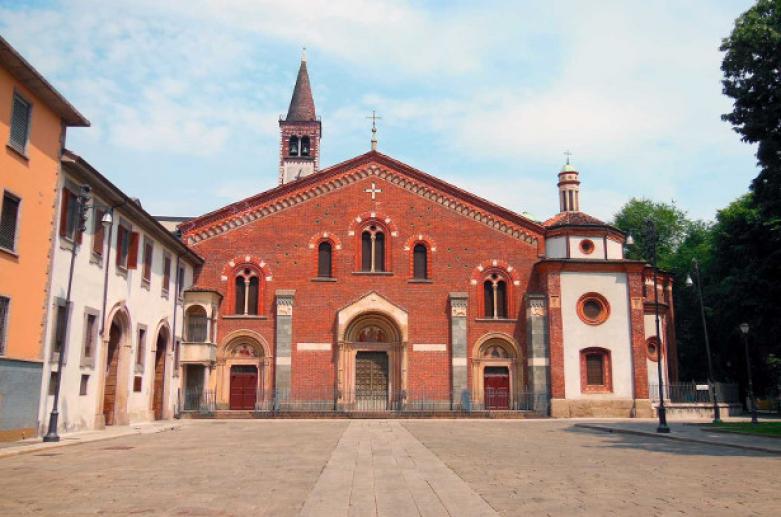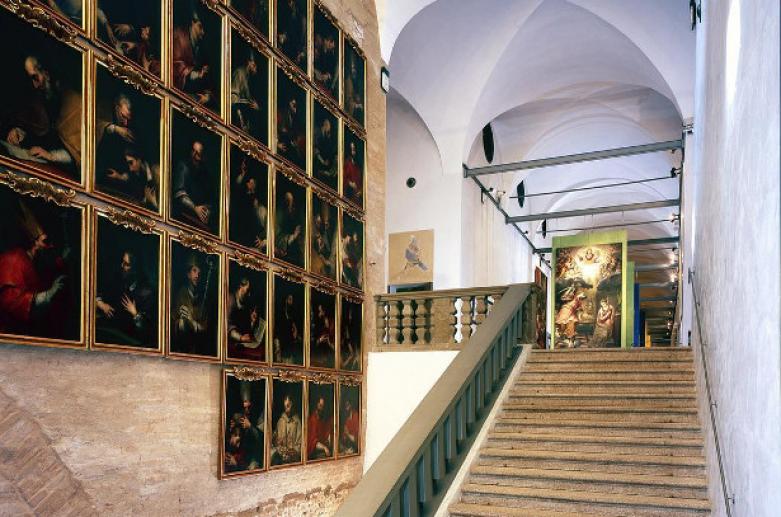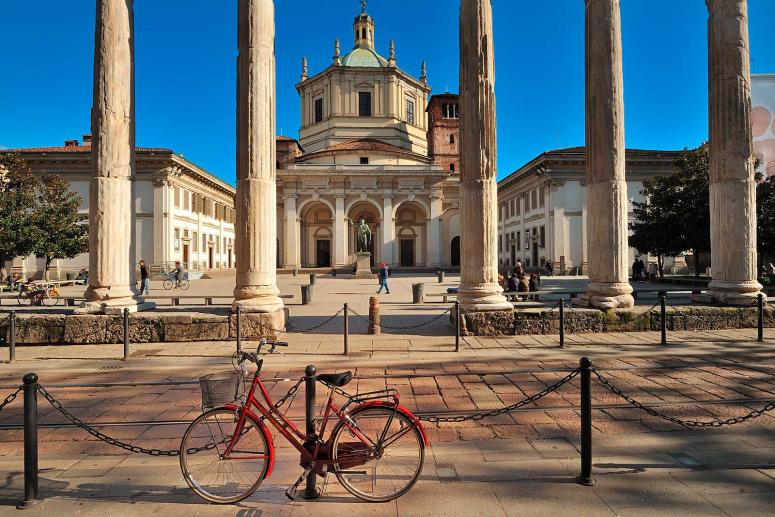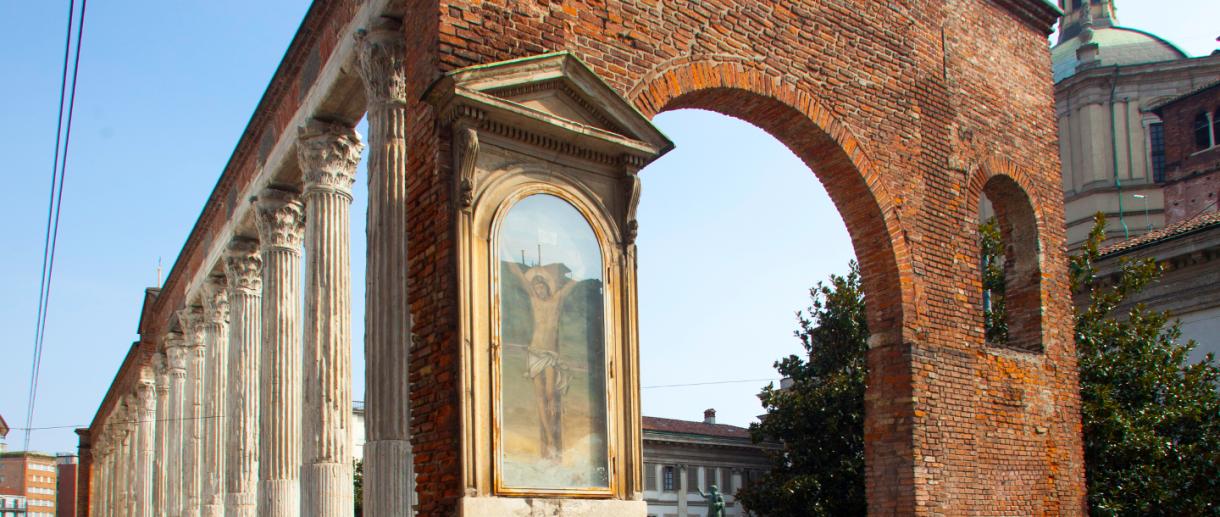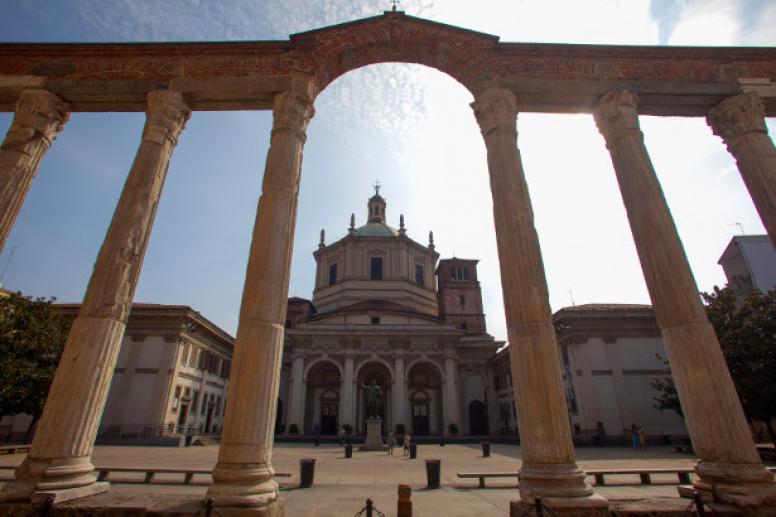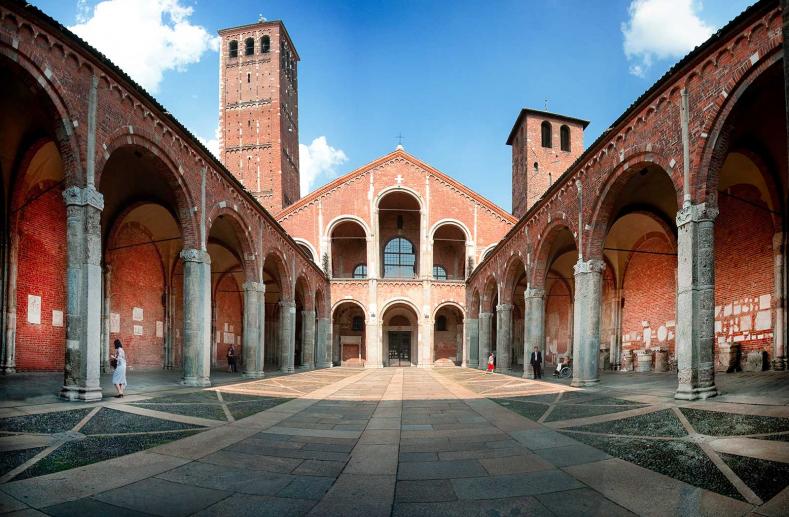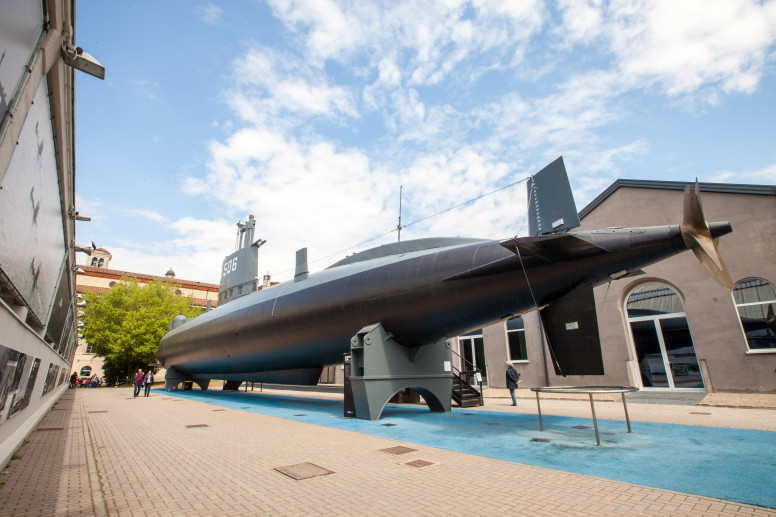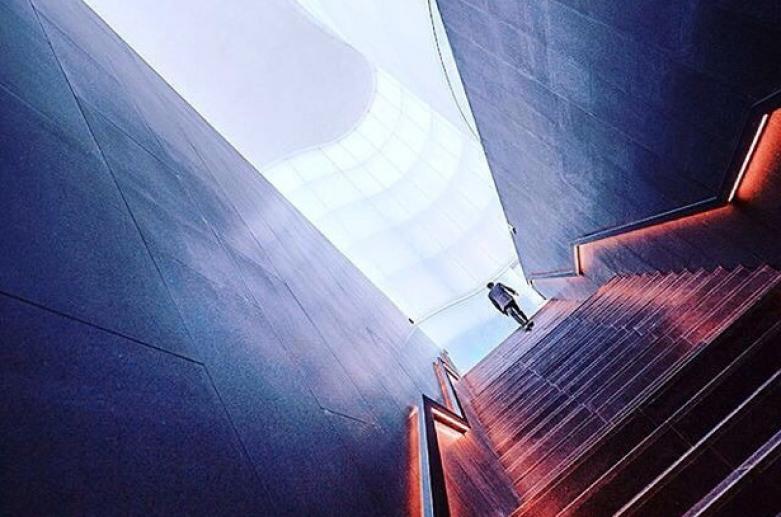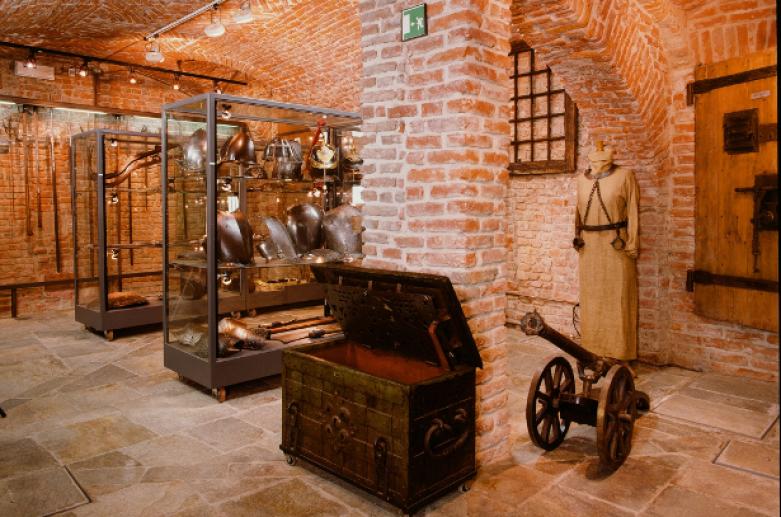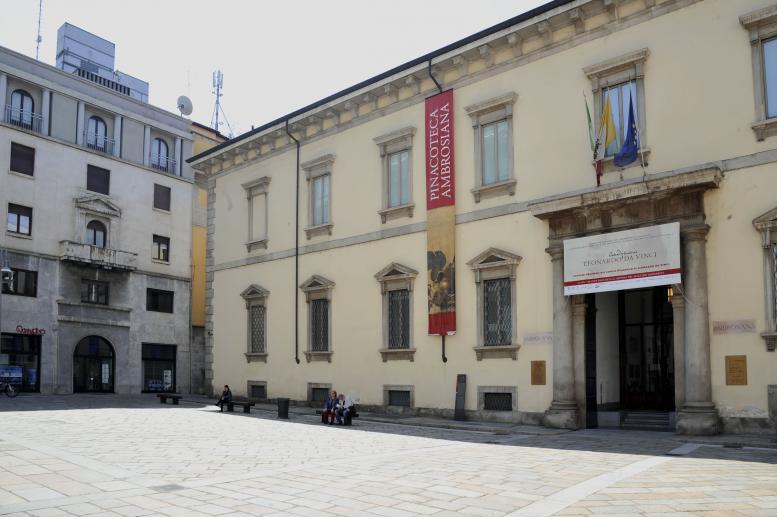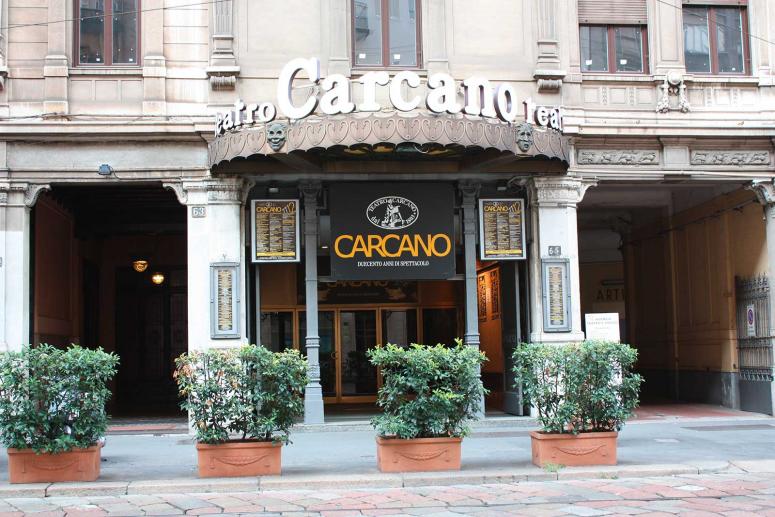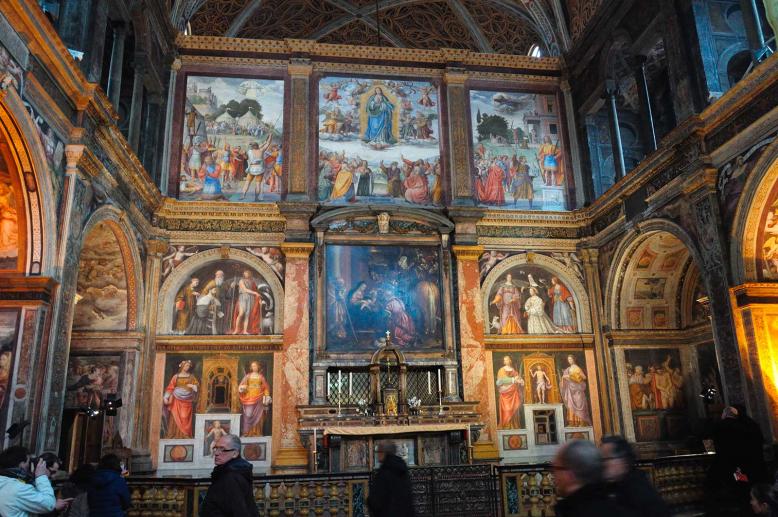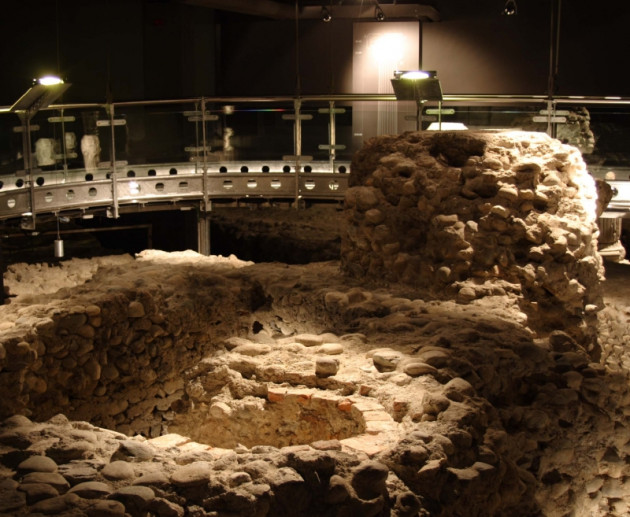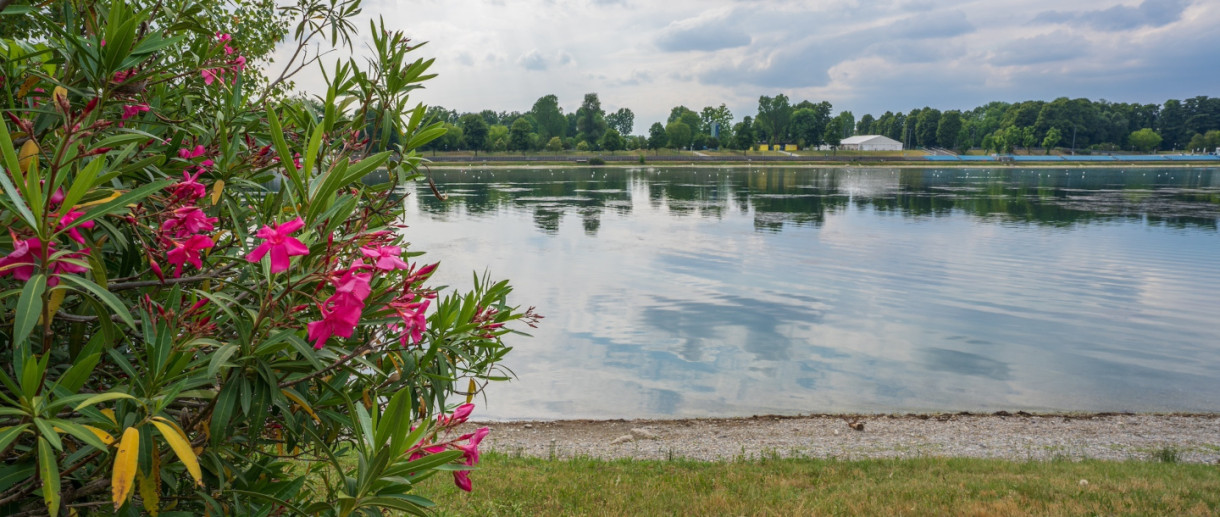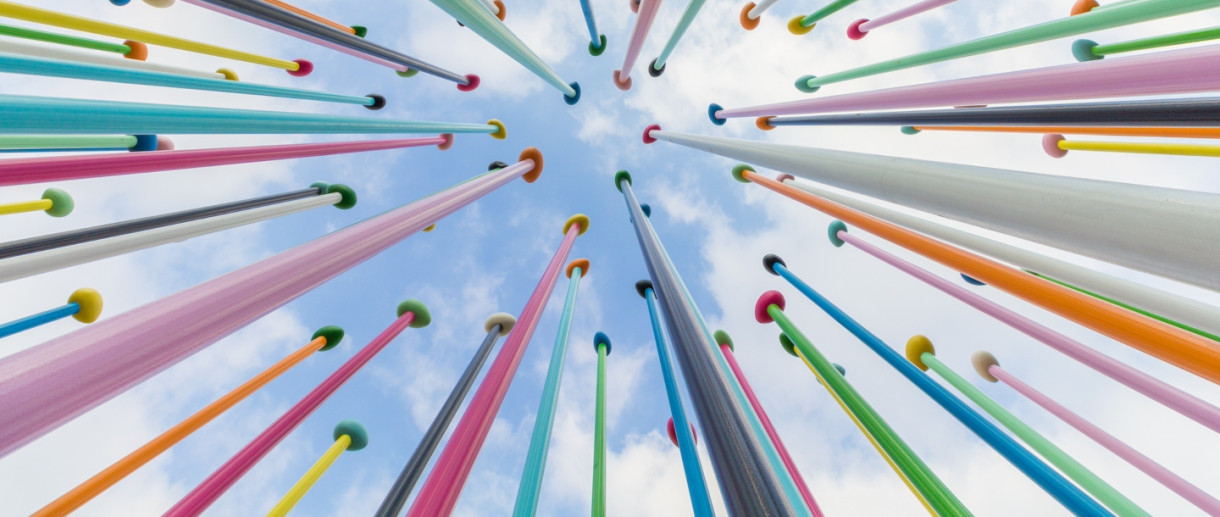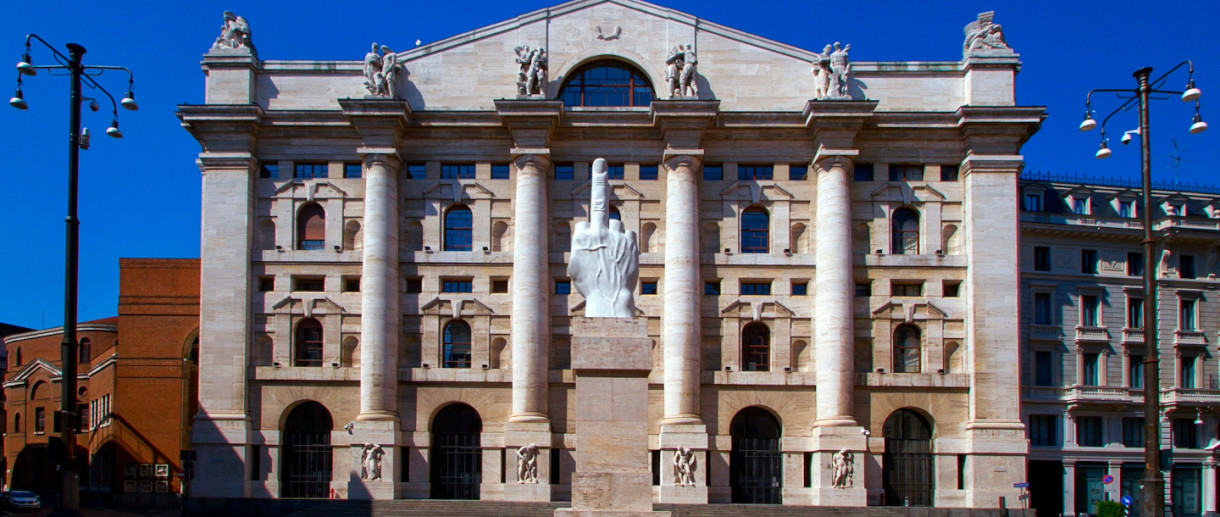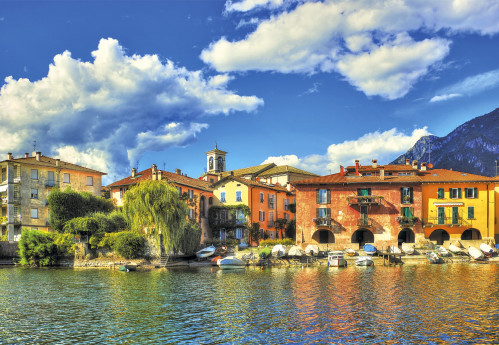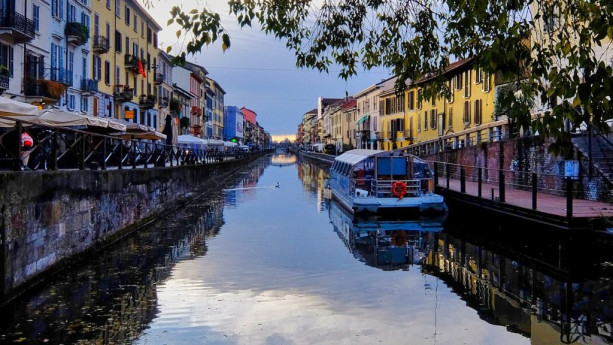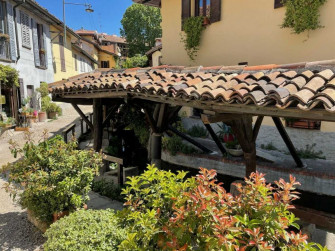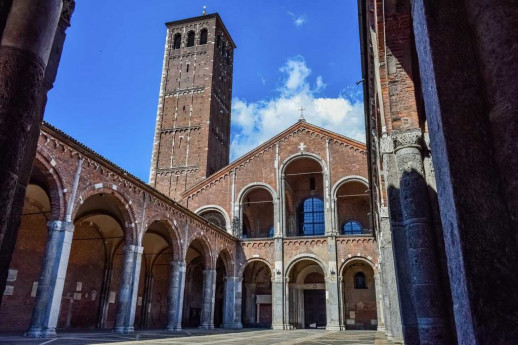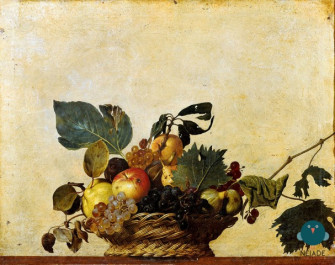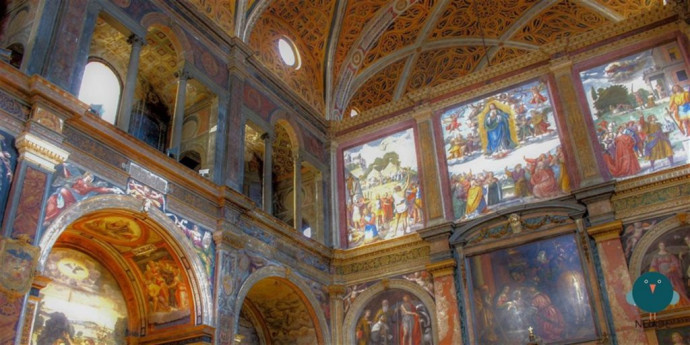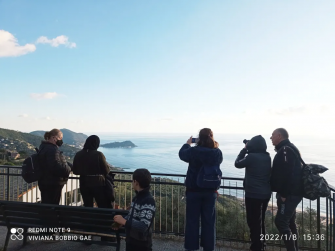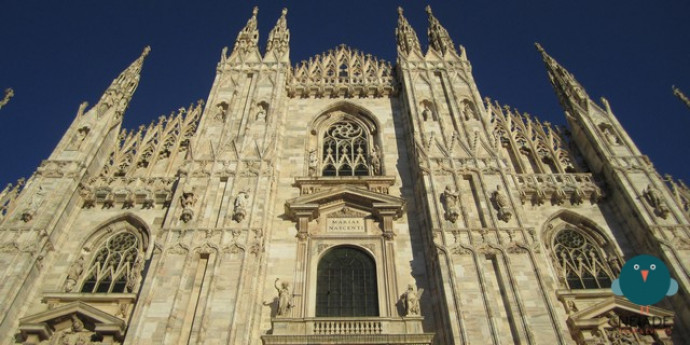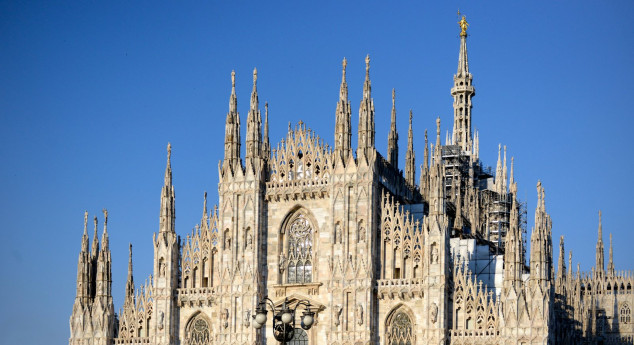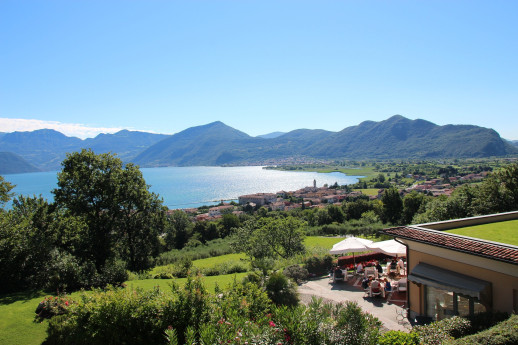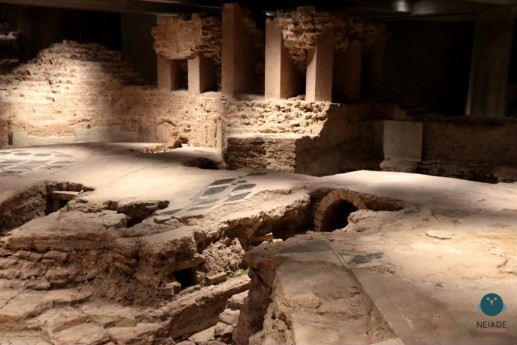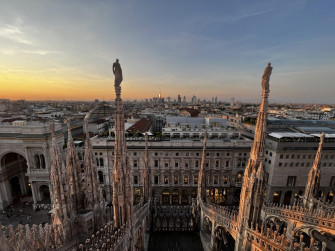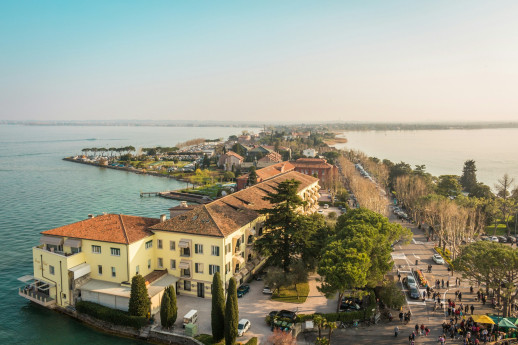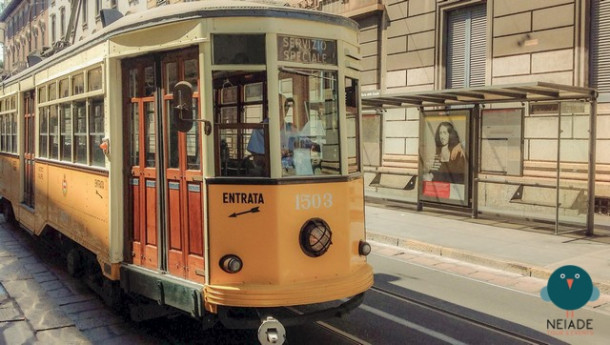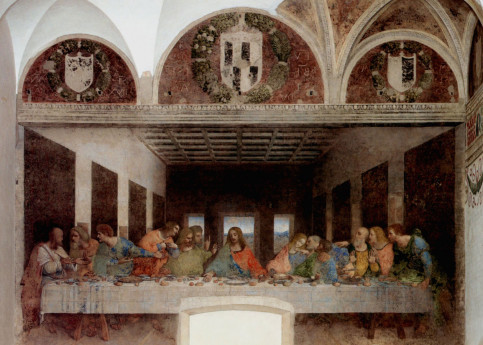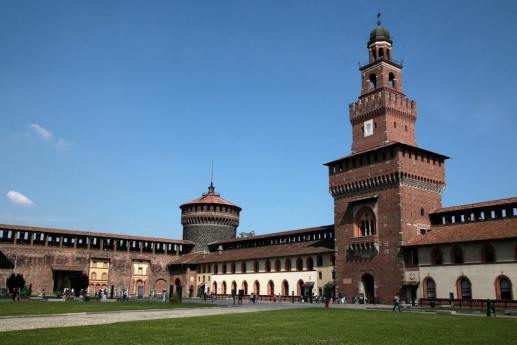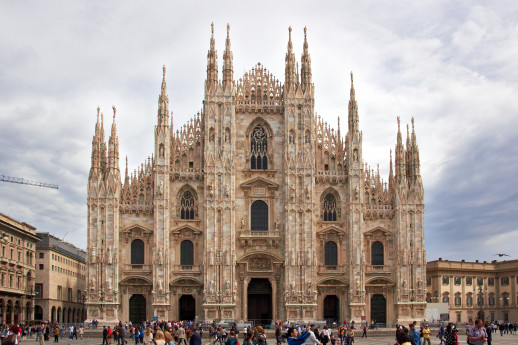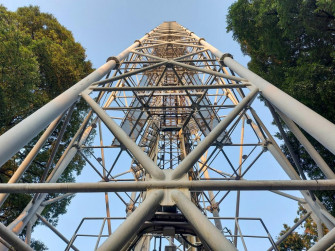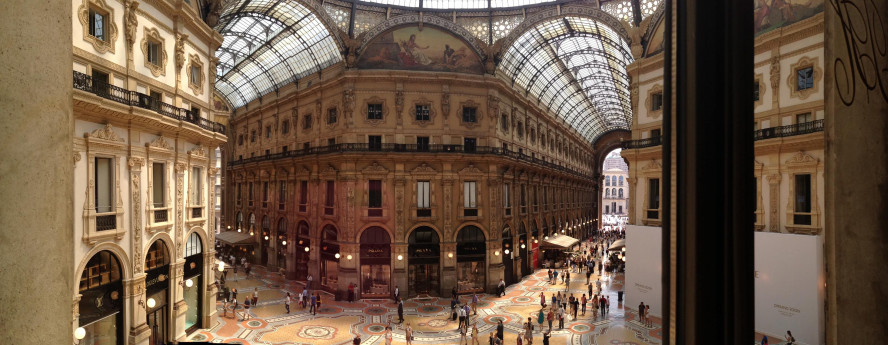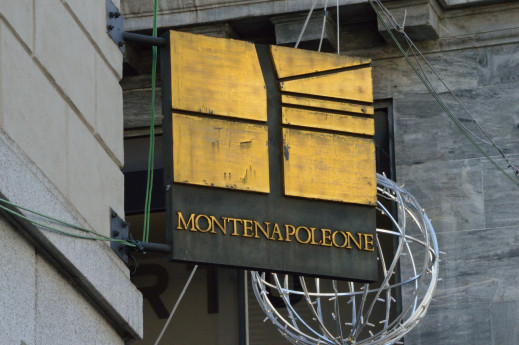- Lifestyle
- Navigli
Navigli District
The history of Milan's canals (known as navigli) began in the 12th century with the construction of the first navigabile canal.
At the time, Milan was a city crossed by rivers and canals regulated by ingenious technical devices. Towards the end of the 15th century, Leonardo da Vinci devised an innovative system of locks that would later be implemented by master engineers.
In fact, the canals of Milan originated as navigable artificial canals used for the transportation of people and goods and for irrigation. During the 20th century, with the spread of the trams and trains as a means of transport, almost all of them were completely covered.
This feature of Milan's history can be revived by taking a walk in the Navigli District, in the romantic Vicolo dei Lavandai and passing over the ancient bridges of the Naviglio Grande.
When we speak of the Navigli District in Milan we are referring to the area of the Darsena, the port of Milan next to Piazza XXIV Maggio, and the streets that run along the Naviglio Grande, which linked Milan to Switzerland, and the Naviglio Pavese, which connected the city to Pavia.
Today this area has been re-evaluated and is considered one of the most beautiful residential areas of the city. Ancient views of romantic Milan can be glimpsed along the banks of the Naviglio: "case di ringhiera" (typical houses built around a central courtyard), workshops, ancient wash houses covered by wooden beam roofs.
The Navigli District is highly popular. During the day you can visit art galleries, go shopping in the shops of artisans and wander through the antique market held on the last Sunday of each month. In the evening, this is a perfect destination for enjoying drinks and dining in the many places that make it one of the most entertaining and attractive districts of the city.
